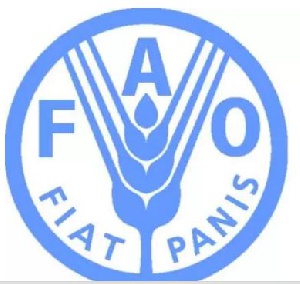 The Food and Agriculture Organisation
The Food and Agriculture Organisation
The Food and Agriculture Organisation (FAO), has released a new tool that offers water-scarce countries and river basins a way to boost productivity, by measuring how the resource is efficiently used in agriculture. The WaPOR open-access database has gone live, tapping satellite data to help farmers achieve more reliable agricultural yields and allowing for the optimisation of irrigation systems.
A statement issued to the Maria Helena Semedo, FAO's Deputy Director-General, Climate Change and Natural Resources said: "Water use continues to surge at the same time that climate change–with increasing droughts and extreme weather–is altering and reducing water availability for agriculture.”
“That puts a premium on making every drop count, underscoring the importance of meeting growing food production needs from efficiency gains.”
WaPOR was presented during a high-level partners meeting for FAO’s Coping with water scarcity in agriculture: a global framework for action in a changing climate.
It allows for fine-grained analysis of water utilised through farming systems, generating empirical evidence about how it can be most productively used.
It said worldwide water utilisation, the majority of which was used by agriculture, had outpaced the rate of population growth for most of the last century and some regions were close to breaching viable limits.
WaPOR sifts through satellite data and uses Google Earth computing power to produce maps that show how much biomass and yield is produced per cubic metre of water consumed. The maps can be rendered at resolutions of as little as 30 to 250 metres, and updated every one to ten days.
“Supporting smallholder farmers with access to geospatial information that can optimise water availability and curb their vulnerability to climate change is a key mission for FAO and this is an important first step,” said René Castro, FAO Assistant Director-General, and Head of the Climate, Biodiversity, Land and Water Department.
FAO’s team of information technology and land and water officers has designed WaPOR–through a US$10 million project funded by The Netherlands–to cover Africa and the near East, with a focus on key countries that are or are projected soon to face physical or infrastructural water scarcity.